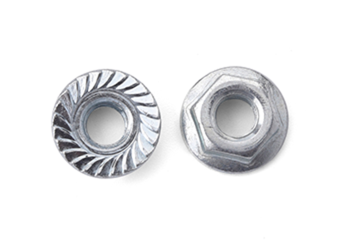अगस्त . 12, 2024 07:28 Back to list
A Comprehensive Guide to Anchor Bolt Sizes and Their Specifications in Millimeters
Understanding Anchor Bolt Sizes in Millimeters
When it comes to construction and engineering, anchor bolts play a critical role in ensuring the stability and safety of structures. These bolts are used to attach structural elements to concrete, facilitating the anchoring of machinery, buildings, and equipment. Understanding anchor bolt sizes, particularly in millimeters, is essential for selecting the right type for a given application.
What are Anchor Bolts?
Anchor bolts are special fasteners that are embedded in concrete and project above the surface to secure objects like steel columns or base plates. They come in various shapes and sizes, designed to meet the diverse needs of construction projects. The size of anchor bolts is determined by their diameter, length, and thread configuration. In many countries, including those in Europe and Asia, measurements are often expressed in millimeters, making it crucial for professionals to comprehend these metrics.
Anchor Bolt Sizes Importance of Dimensions
The size of an anchor bolt not only affects its load-bearing capacity but also its installation process. A bolt that is too small may fail to hold the strength required for a given application, while one that is excessively large could lead to complications during installation and increased costs. Common sizes for anchor bolts can range from as small as 10 mm in diameter to over 30 mm, depending on the requirements of the project.
Standard Anchor Bolt Dimensions
Anchor bolts can be categorized into different standards based on their structural applications
. Some common sizes of anchor bolts in millimeters includeanchor bolt sizes mm

- M10 (10 mm) Typically used for light-duty applications, such as securing gym equipment or light fixtures. - M12 (12 mm) Suitable for moderate loads; often used in residential construction. - M16 (16 mm) Commonly used for heavy-duty applications, including anchoring larger machinery. - M20 (20 mm) Often required for significant structural support, such as industrial equipment. - M24 and M30 (24 mm and 30 mm) Used for exceptionally heavy structures or specialized applications, like bridges or large commercial buildings.
These sizes not only indicate the diameter but also correlate with the tensile strength of the bolt, which is crucial for loading calculations.
Factors Influencing Anchor Bolt Selection
When selecting anchor bolts, several factors must be taken into consideration
1. Load Requirements The expected load an anchor bolt must support influences its size and type. Engineers may need to calculate shear forces and pullout strengths to ensure safety. 2. Concrete Strength The concrete's compressive strength affects how well the anchor bolts perform. The chosen bolt size must align with this strength to avoid failure. 3. Installation Method Some projects may require specific installation methods, such as expansion or adhesive anchoring systems. Each method has recommended sizes for optimal performance.
4. Environmental Conditions Corrosion resistance may be necessary, particularly in outdoor applications. The choice between stainless steel or coated options can dictate bolt size and type.
Conclusion
In summary, understanding anchor bolt sizes in millimeters is vital for anyone involved in construction or engineering projects. From lightweight applications to heavy-duty structures, selecting the appropriate bolt size ensures safety, stability, and longevity. By considering factors such as load requirements and environmental conditions, professionals can make informed decisions that enhance the integrity of their projects. Whether for a small residential building or a large commercial structure, the right anchor bolts will contribute to a secure and reliable foundation.


